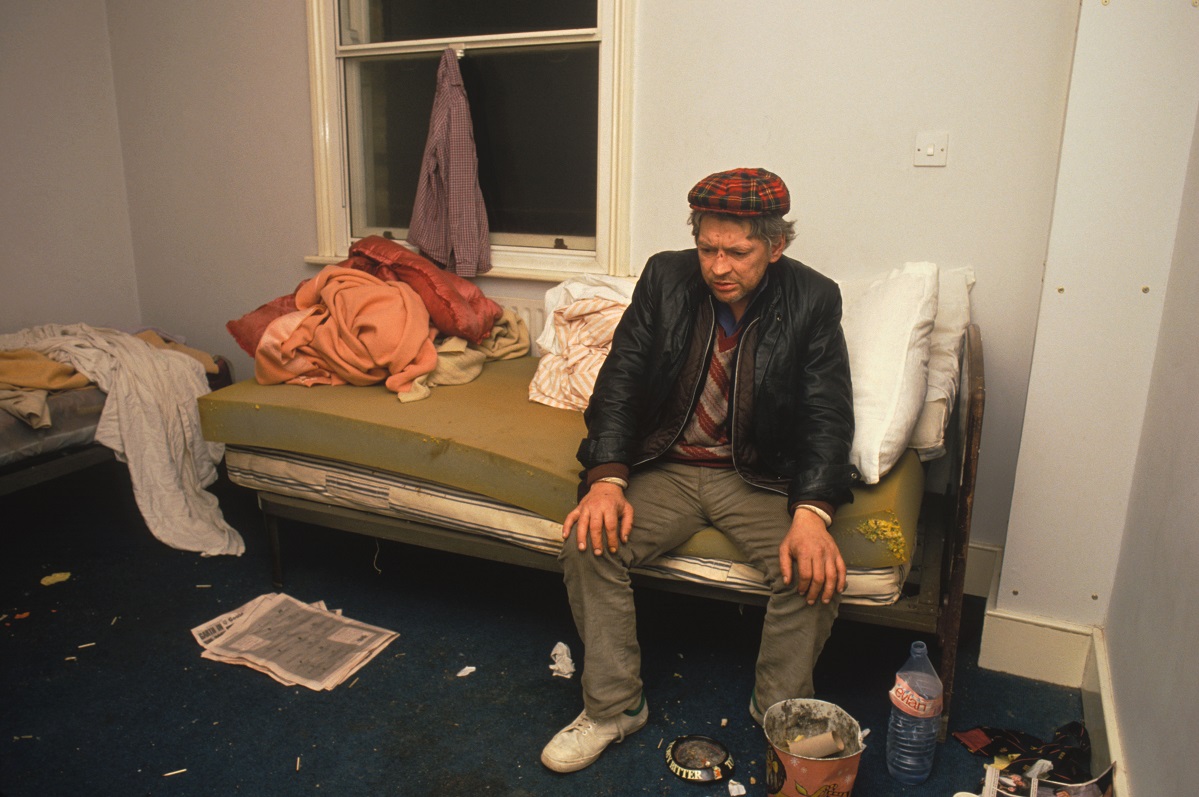You are viewing 1 of your 1 free articles
Homelessness in Scotland surges above pre-pandemic levels
Homelessness in Scotland has risen higher than pre-pandemic levels, according to the latest government figures.
Official data released on Tuesday for 2022-23 showed increases across the board, with homelessness applications rising in the period to 39,006.
This is an increase of 3,247 (9%) when compared with 2021-22 and above pre-pandemic levels (37,053 in 2019-20).
The figures also showed there were 29,652 open homelessness applications as of March 2022, an increase of 15% on the previous year.
The data, compiled by Scotland’s chief statistician, revealed a 10% rise in the number of households assessed as homeless to 32,242, up from 29,339 in 2021-2022, and a record number of households in temporary accommodation (15,039).
The number of children in temporary accommodation has also increased to 9,595 – or 9%.
Scottish housing minister Paul McLennan described the figures as “deeply worrying” and said the data shows the “clear impact” of the current cost of living crisis and the continuing fall-out from the pandemic on homelessness.
He added: “Tackling homelessness is a key priority, and it is critical that local government and other partners work with us to reach our shared goal of reversing these figures and delivering on our long-term strategy for tackling homelessness.”
The data also suggested that Scotland’s emergency cost of living legislation, which included a temporary rent freeze and eviction ban, has had an impact on the number of people becoming homeless in the private rented sector.
The data showed that compared with the previous year, there was an increase in households becoming homeless from the private rented sector – from 4,271 to 5,190 (22%).
However, the statistician’s report explained there was a “notable decrease” between the first and last six months of the year likely due to the measures introduced in October 2022.
“The statistics also indicate our emergency tenant protection legislation has led to a drop in households becoming homeless from a private tenancy and we intend to take forward legislation to provide greater protections to prevent homelessness, keep rents affordable, and make tenancies more secure,” said Mr McLennan.
According to the report, homelessness trends in Scotland are returning towards pre-pandemic levels though local authorities have reported they are still dealing with the effects of COVID-19, including large backlogs due to the increased use of temporary accommodation during the pandemic.
According to the report, the effects of the pandemic were further exacerbated, particularly during 2021-22, by a shortage of tradespeople and building materials, as well as the increased cost of materials to turn around empty properties.
An increase in rough sleeping has also been noted, with 2,438 households reporting rough sleeping during the previous three months and 1,500 the night before the application.
The data showed that Glasgow remains the local authority with the largest number of homeless households, although in contrast to most other local authorities, it has experienced a decrease compared with last year (424, 7%). Glasgow Council noted this is due to increased homelessness prevention work.
Edinburgh Council had the largest increase with an additional 723 (28%) homeless households in the past year, followed by South Lanarkshire (480, 29%).
Sally Thomas, chief executive of the Scottish Federation of Housing Associations, said the homelessness problem is an issue of supply. “Scotland is not on track to deliver the target of 110,000 affordable homes by 2032 and urgent, significant action is needed,” she stated.
Ms Thomas added: “It’s everyone’s right to live in a safe, warm, affordable home, but for many people in Scotland, this is just not the reality. Housing associations and co-operatives are fully supportive of efforts to end homelessness, already make a significant contribution in doing so and will do more where they can.
“Furthermore, we must remain focused on preventing homelessness through early intervention and prevention, working with and across all levels of government to make sure people have a home, as well as any specific support they might need to sustain it.”
Sign up for our Scotland newsletter
Already have an account? Click here to manage your newsletters












